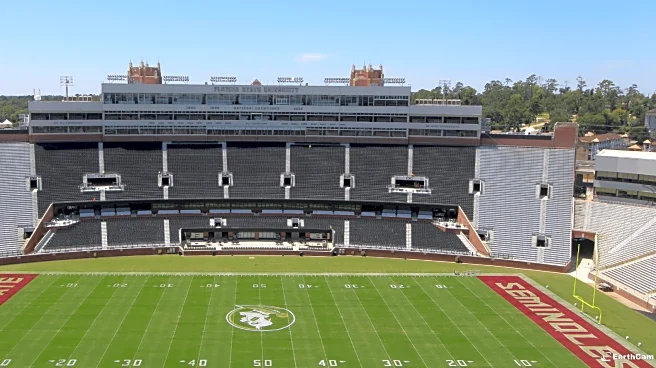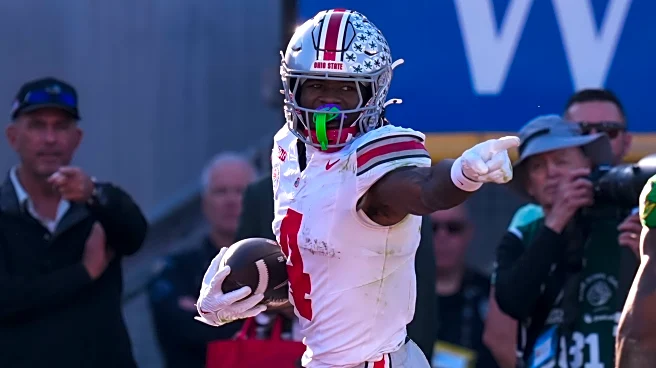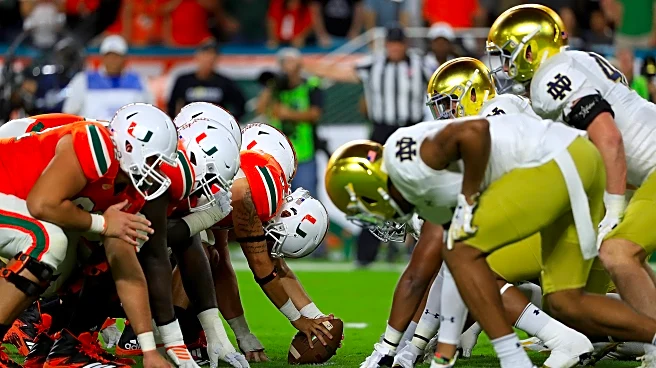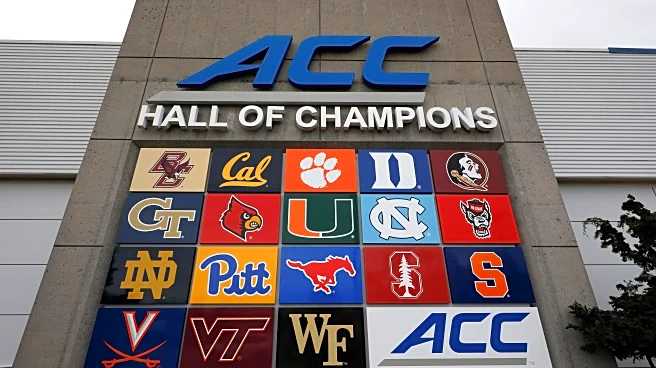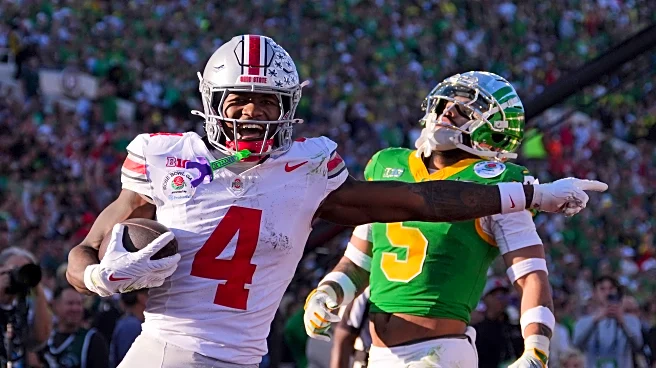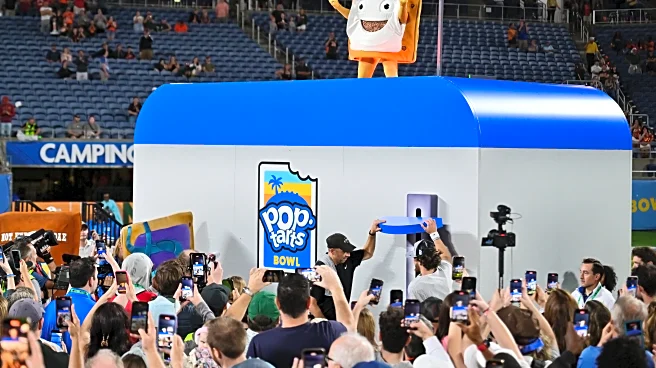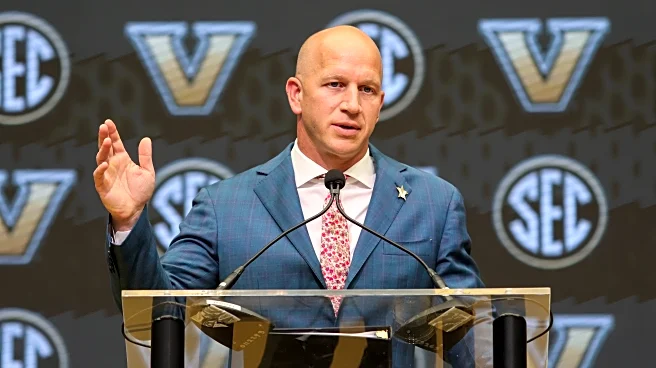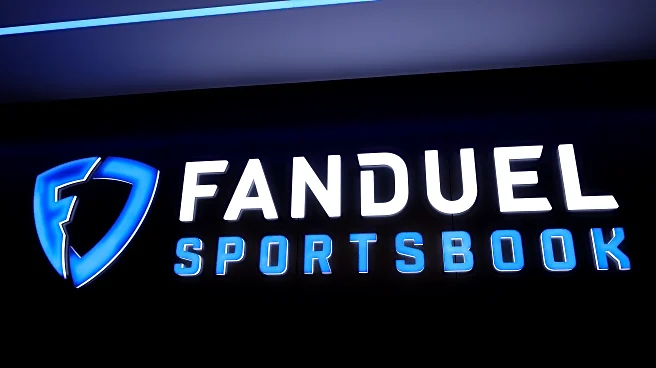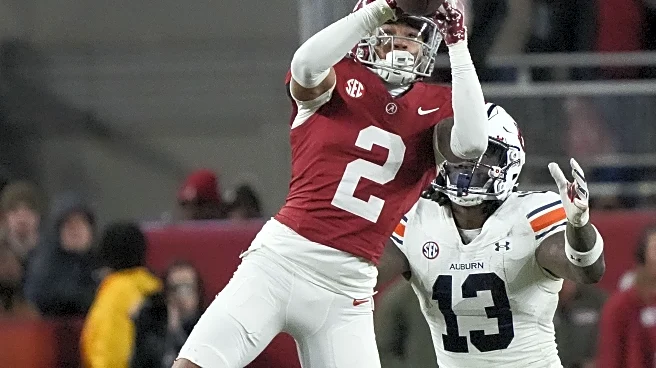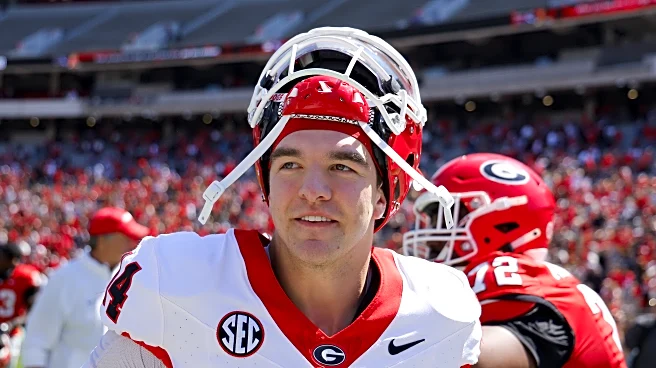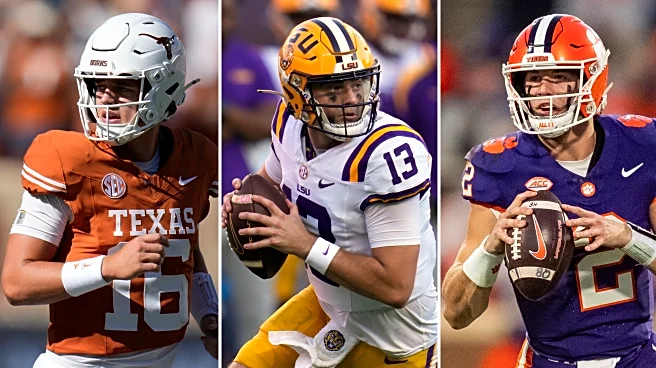
Editor’s Note: A version of this story was previously published in July 2024.
The biggest changes to Doak Campbell Stadium in a generation are here. When the Seminoles open the season against Alabama, Doak Campbell Stadium will seat more than 12,000 fewer fans than at its peak, dropping to its lowest permanent capacity since 1991. It’s a vivid snapshot of how the sport has shifted from filling stadiums to maximizing revenue in an era where the best seat is often in your living room.
Stories of season
ticket holders being kicked out of seats they’ve held for decades are a dime-a-dozen on any FSU social media space, decrying how they’ve lost their seats in prime locations in the name of the almighty dollar. Others bemoan how Doak Campbell’s capacity dropping below 70,000 is a sign of the program’s prestige slipping. It seems as FSU is capitulating to well-heeled companies and boosters at the expense of the common fan.
Unfortunately, the forces at work that drove FSU in this direction have long been at work.
Doak Campbell Stadium was rapidly expanded and improved during the Dynasty Era. The stadium grew from an erector set with a capacity of 60,519 in 1987 to an 80,000 seat brick behemoth in 2000. That expansion was built off the unprecedented success FSU football attained during the time period. When Doak’s capacity was once again expanded to 82,300 for the 2001 season no one would’ve been able to foresee that FSU football would begin to slip and college football’s entire business model would be upended in the coming years.
Prior to the advent of conference networks and exponentially growing television contracts mandating every game end up on TV, the idea of every game being easily accessible for fans to watch in their living rooms was laughable. On average, two FSU home games a year weren’t televised or only available on pay-per-view between 1987 and 2000. Cable was still considered a luxury even by sports fans so games broadcast by ESPN or Turner weren’t available to a large portion of fans. Even if the game was on TV the experience of watching on a 24-inch CRT paled in comparison to actually going to a game.
Now college football is a television product that happens to let you buy a ticket to watch in person. Fans can buy 65-inch 4K TVs for less than even the cheapest season ticket packages and have every game available to them. Stadium attendance had been trending down across the sport for over a decade prior to a post-COVID dead dog bounce, thanks to pent-up desire for out-of-the-home experiences. Stadiums built upon a business model of cramming as many people as possible onto cramped metal bleachers have become increasingly empty as the at-home experience lept past the in-stadium experience for most fans.
Since 2010, Florida State has struggled to consistently sell out Doak Campbell Stadium. The only home game to sell out during the 2013 national championship season was the Top 10 showdown against Miami, while the home finale against Idaho was played in front of 20,000 empty seats. FSU didn’t sell out a single home game between 2016 and 2021. While it is easy to blame the Willie Taggart era and the pandemic for that dubious streak, it started in a year that featured 10-win team playing a home schedule that included rivalry games against Clemson and Florida.
Florida State’s geographic isolation from the rest of Florida is a well-known issue. Only 1.9 million Florida residents, or 8% of the state’s population, live within 150 miles of Tallahassee as of 2023. 150 miles equates to a three hour drive each way when factoring in game day traffic in Tallahassee.

No other college football power is so far removed from the rest of its fan base. Florida State is the only school that has won multiple national champions since 1993 that is not located in a part of the state where over 50% of its population is within 150 miles. Over 11 million Florida residents, including the entire metro areas of Jacksonville, Tampa, and Orlando, are within 150 miles of Gainesville. Meanwhile, in the same radius from Tallahassee, the only metro area is the sparsely populated western outskirts of Jacksonville. Despite the state of Nebraska having a population under 2 million, the Cornhuskers have nearly as many in-state residents living within 150 miles as Florida State.

Most people become boosters primarily due to priority access to football tickets. Seminole Boosters reported having 12,511 members in Florida in 2023. 45% of its membership live in Tallahassee or the surrounding areas despite it being one of the most sparsely populated parts of Florida. 3,754 live in Leon County with an additional 1,884 living within 150 miles of Tallahassee. The remaining 6,873 are dispersed throughout the rest of the state.
Why are booster numbers closer to a 50/50 split despite over 90% of Florida’s population living far away from Tallahassee? In part, it is due to an outsized portion of FSU alumni choosing to remain in the Tallahassee area. According to the Florida State University Alumni Association, 252,086 FSU alumni are living in Florida as of June 2024. 46,417 of those alums chose to stay in Leon County and another 28,445 live within 150 miles. Even with that inflated presence it still only accounts for 29% of alumni in Florida.
Despite having close to the same number of FSU alumni, and a far larger overall population, Tampa has half as many boosters as Tallahassee. South Florida is severely underrepresented in terms of booster numbers. An area of the state with 27% of the total population and 21% of all living FSU alums only brings in 12% of FSU’s total boosters.
For FSU fans living in Central Florida, it is at least a 4-hour drive to Doak. An 8 pm kickoff against Clemson means leaving the house by noon to start tailgating at 4 pm. Thanks to broadcast companies stuffing an ever-increasing number of commercials into games, the game won’t be over until midnight, meaning fans won’t be making it home until early Sunday morning. FSU fans living in Atlanta, Charlotte, and New Orleans have a shorter commute to Tallahassee than those living in Miami.
| Hotel | Alabama | E Texas A&M | Kent State (Family Weekend) | Miami | Pitt | Wake Forest (Homecoming) | Virginia Tech | Average Cost Per Game |
|---|---|---|---|---|---|---|---|---|
| Hyatt House Tallahassee Capitol – University | $2,670.00 | $1,532.00 | $ – | $2,022.00 | $1,620.00 | $2,022.00 | $1,438.00 | $1,884 |
| AC Hotel Tallahassee Universities at the Capitol | $2,472.00 | $966.00 | $2,472.00 | $2,136.00 | $1,190.00 | $1,122.00 | $ – | $1,726 |
| Hotel Indigo Tallahassee – Collegetown by IHG | $2,990.00 | $852.00 | $ – | $1,956.00 | $1,494.00 | $1,494.00 | $1,494.00 | $1,712 |
| Aloft Tallahassee Downtown | $2,292.00 | $966.00 | $2,630.00 | $1,798.00 | $1,190.00 | $1,122.00 | $1,122.00 | $1,590 |
| Average Hotel Cost | $2,102.75 | $1,015.25 | $2,450.00 | $1,746.75 | $1,205.75 | $1,262.75 | $1,154.86 | $1,562 |
| Residence Inn Tallahassee Universities at the Capitol | $2,248.00 | $898.00 | $2,248.00 | $2,124.00 | $1,122.00 | $898.00 | $898.00 | $1,490 |
| DoubleTree by Hilton Hotel Tallahassee | $1,600.00 | $1,152.00 | $ – | $1,820.00 | $1,362.00 | $1,260.00 | $1,362.00 | $1.416 |
| Home2 Suites by Hilton Tallahassee State Capitol | $1,158.00 | $1,038.00 | $ – | $1,108.00 | $882.00 | $1,062.00 | $872.00 | $1,020 |
| Comfort Suites Tallahassee Downtown | $1,392.00 | $718.00 | $ – | $1,010.00 | $786.00 | $1,122.00 | $898.00 | $986 |
| Costs reflect total cost with taxes and fees to book a 2 night stay with check in on Friday and check out on Sunday. | Sourced directly from hotel websites April 2025 |
Hotel costs on game day weekends have always been a sore spot for FSU fans, but the numbers are eye-opening. A season’s worth of decent hotel stays can top $10,000. Last year, fans who traveled to Dublin could have stayed at the Intercontinental Dublin, a former Four Seasons property, for about the same price that mid-tier hotels now demand in Tallahassee. Add in gas, food, beer, and parking, and a single home game can run over $2,000 before fans even walk through the gates of Doak Campbell Stadium.
The dynamics that allowed FSU to fill an 82,300 seat stadium in the middle of nowhere no longer exist. The local population isn’t large enough to consistently fill the stadium. The value proposition of staying home vs going to a game has swung in favor of staying home for most fans. The fans who are still coming are already paying Four Seasons pricing for hotel accommodations. FSU needed to change the game day experience to reflect those realities. Fans who are already paying through the nose don’t want to be sitting on high school bleachers and having to use a urinal trough that’s been in use since Jim Morrision attended games at FSU. The fact that Seminole Boosters sold all but a few hundred of the new club seats as of January 2024 shows there was a market for this kind of experience.
It is a shame that this is the new reality for Florida State but it is here, and unfortunately necessary, nonetheless.
